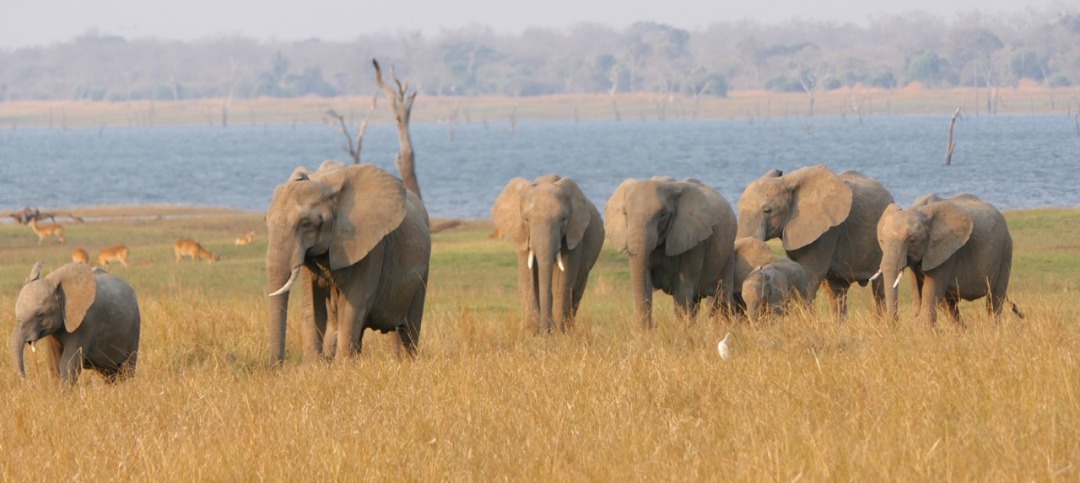
The Ultimate Guide to Photographic Safaris in Zambia
Introduction
Embarking on a photographic safari in Zambia offers a unique opportunity to capture the mesmerizing beauty of its landscapes, wildlife, and culture through the lens of your camera. With its diverse ecosystems, abundant wildlife, and breathtaking scenery, Zambia is a dream destination for photographers seeking to capture the essence of Africa. In this comprehensive guide, we’ll delve into everything you need to know to plan and enjoy an unforgettable photographic safari in Zambia.
1. Choosing the Right Destination
Zambia boasts a variety of national parks and reserves that offer exceptional photographic opportunities. Some of the prime destinations for a photographic safari include South Luangwa National Park, Lower Zambezi National Park, Kafue National Park, and Liuwa Plain National Park. Each of these areas offers unique wildlife sightings and stunning landscapes that will leave you awestruck.
2. Timing Your Safari
The timing of your photographic safari is crucial for capturing the best moments. The dry season, from May to October, is considered the prime time for wildlife photography. During this period, animals gather around water sources, making it easier to spot and photograph them. Additionally, the clarity of the air and the golden light of the early morning and late afternoon enhance the visual appeal of your photographs.
3. Essential Photography Gear
Packing the right gear is essential to ensure that you capture high-quality images during your safari. Consider bringing:
- Camera Equipment: A DSLR or mirrorless camera with interchangeable lenses is recommended for versatility.
- Lenses: A telephoto lens (e.g., 200-400mm) for wildlife shots and a wide-angle lens for capturing landscapes and environmental shots.
- Tripod: Useful for stabilizing your camera during low-light conditions or long exposure shots.
- Camera Bag: A durable, weather-resistant bag to protect your equipment from dust and humidity.
- Extra Batteries and Memory Cards: Ensure you have sufficient storage space and power for your camera.
4. Composition Tips
Capturing compelling photographs goes beyond just pointing and shooting. Consider the following tips to enhance your composition:
- Rule of Thirds: Divide your frame into thirds both vertically and horizontally. Place key elements along these lines or at their intersections.
- Leading Lines: Utilize natural lines, like the curves of a river or the branches of a tree, to guide the viewer’s eye into the photograph.
- Foreground Interest: Incorporate elements in the foreground to add depth and perspective to your shots.
- Golden Hour: Take advantage of the soft, warm light during the golden hour, shortly after sunrise and before sunset, for stunning landscapes and portraits.
5. Capturing Wildlife Moments
Wildlife photography requires patience and anticipation. To capture those perfect moments:
- Be Patient: Spend time observing animal behavior and anticipate their actions for captivating shots.
- Use Burst Mode: When photographing moving animals, use burst mode to capture a series of shots and increase your chances of getting the perfect frame.
- Focus on the Eyes: The eyes are the window to an animal’s soul. Ensure they are sharp and in focus.
6. Cultural Photography
Zambia’s rich cultural diversity provides ample opportunities for capturing portraits and scenes that depict the lives of local communities. Always ask for permission before taking pictures of people and respect their wishes.
7. Responsible Photography
Responsible wildlife photography is crucial to the conservation of Zambia’s incredible biodiversity:
- Respect Distance: Maintain a safe distance from animals to avoid disturbing them or putting yourself in danger.
- No Harmful Baiting: Avoid using bait to attract animals, as it can disrupt their natural behavior.
- No Harassment: Never chase or corner animals to get a shot.
8. Accommodation and Tours
Choose lodges and camps that cater to photographers, offering guides with a deep understanding of animal behavior and photography techniques. Many lodges offer special photography-focused tours or workshops, enhancing your experience and skills.
Conclusion
A photographic safari in Zambia is an immersive journey that combines the thrill of wildlife encounters with the art of photography. The country’s diverse landscapes, abundant wildlife, and vibrant culture provide endless opportunities for capturing stunning images that tell stories of nature’s beauty and the people who call Zambia home. By following this guide and immersing yourself in the experience, you’ll come away with a collection of photographs that reflect the heart and soul of this enchanting African destination.
Contact us today for a Tailor Made Photographic Safari in Zambia
